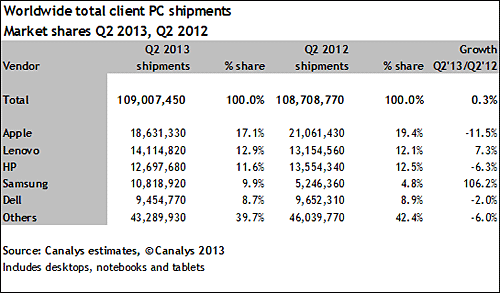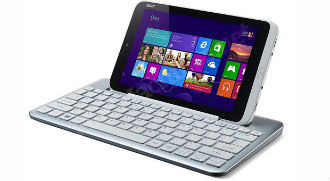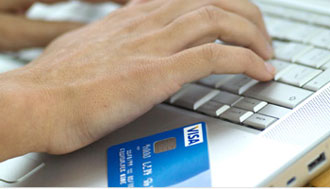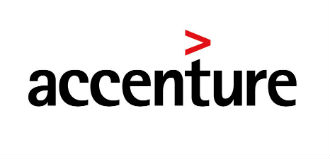 Although the PC market is going through a rough patch, sales of gaming hardware seem to be weathering the storm quite well. Hardcore gamers are enthusiasts, they can’t trade in their beloved desktops for laptops, let alone tablets. Even console gaming is frowned upon in many circles.
Although the PC market is going through a rough patch, sales of gaming hardware seem to be weathering the storm quite well. Hardcore gamers are enthusiasts, they can’t trade in their beloved desktops for laptops, let alone tablets. Even console gaming is frowned upon in many circles.
As a result, gamers are continuing to spend and upgrade their high-end PCs. Jon Peddie Research found that sales of gaming hardware will continue to grow and at a CAGR of 3 percent over the next three years. Sales slumped this year and they are expected to hit $18.3 billion. By 2016, however, JPR reckons they will reach $20.7 billion.
Jon Peddie, President of JPR said “Not only is gaming becoming an even more important purchasing influence of PC sales due to the offloading of more basic functionality to smart devices, but we are forecasting growth in the most expensive discrete graphics products. We are also impressed with the embedded graphics offerings this generation and going forward.”
Analyst Ted Pollak also pointed out that many new games are placing increasing demands on the CPU, hence swapping out the graphics card doesn’t do the trick anymore – gamers have to upgrade their CPUs as well. In many cases this means they have to replace the motherboard as well, while investments in additional components such as faster memory and power supply units are not uncommon in such scenarios.
JPR believes that traditional PCs have an advantage in casual gaming as x86 tablets expand the market, and new powerful CPUs with built-in graphics have opened the door to the living room. Nothing can surpass PCs at this point in time because they can run ultra high resolution graphics better than any other platform. Sadly though, 4K or UHD monitors and TVs are still years away from going mainstream, as they could generate even more demand for high-end GPUs and CPUs.
However, although JPR’s forecast is good news for many vendors, we have some long-term concerns.
PC gaming doesn’t come cheap and with record youth unemployment and very little in the way of disposable income, high-end gaming PCs are simply out of reach for many potential buyers. AAA titles don’t come cheap, either. Furthermore most gamers grew up with PCs and they developed a love for tinkering and hardware at a very young age. Now that most kids’ first contact with computers comes in the form of tablets, smartphones and consoles, it will be increasingly difficult to recruit new PC gamers.
In addition, the pace of hardware development in the PC industry is slowing. While we see twofold performance improvements with each generation of ARM-based SoCs, big GPUs and CPUs used in high-end PCs simply can’t deliver such boosts and the performance difference between subsequent generations is narrowing. This trend is here to stay, due to technical limitations, but development of ARM chips is also likely to slow down, as they hit the thermal barrier. Cloud gaming and streaming are also potential threats. A few years down the road gamers might be leasing processing power and streaming games to any screen they want, which would be very bad news for some vendors. Luckily, that won’t happen anytime soon.
 IDC figures have noted that the printing market in Western Europe has returned to growth with commercial markets leading the charge, and laser shipments grew yearly by 11.6 percent.
IDC figures have noted that the printing market in Western Europe has returned to growth with commercial markets leading the charge, and laser shipments grew yearly by 11.6 percent.



















